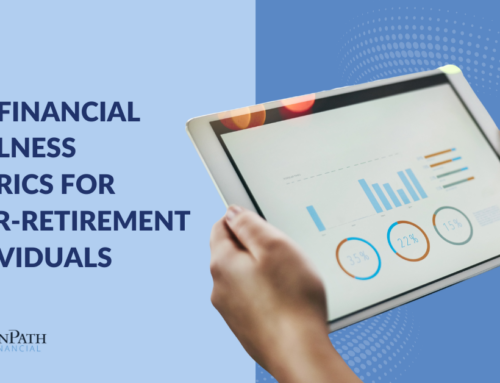The “Sandwich Generation” is composed of adults who are ‘sandwiched’ between competing financial responsibilities. Many Sandwich Gen members support their aging parents while also providing for their children (or even grandchildren) and planning for retirement. Today’s Sandwich Generation is a larger-than-ever cohort consisting of the youngest Baby Boomers, the oldest Millennials, and much of Generation X. While this can be a stressful time of life, there are a few steps to ease the financial and emotional burden.
Start Planning Early
The best time to begin saving for retirement was yesterday; the second best time is today. The sooner you start investing, the more time your money has to grow. Early retirement planning can also reduce any burden on your children when they reach adulthood. Investing prudently can help position you to be the last member of your family’s Sandwich Generation.
Set Clear Priorities
Some goals you may have had ten or twenty years ago, like paying for your children’s college education, may need to take a back seat to current needs, like saving for retirement. Determine how much you can realistically afford to contribute to various needs without jeopardizing your own retirement savings.
Maximize Retirement Savings
Always take full advantage of employer-sponsored retirement plans such as 401(k)s or 403(b)s. These programs become even more enticing when your employer offers matching contributions, which are essentially free (and tax-free) money. Contribute as much to these tax-advantaged accounts as you can afford.
Consider Catch-Up Contributions
If you’re at least 50, you can take advantage of catch-up contributions to retirement accounts. For example, individuals who are 50 or older can make additional contributions to their 401(k) or IRA above the standard annual limits. In 2024, you can contribute $7,500 more than the $23,000 401(k) contribution limit.1 Keep this up for a few years, and you may potentially see major gains.
You may also want to consider other tax-advantaged accounts, like Health Savings Accounts, as an extra source of income in retirement. While these types of accounts don’t offer catch-up contributions, they can also allow you to take pre-retirement withdrawals (so long as the funds are used for their stated purpose).
Explore Alternative Options for Parental Care
Often, alternative options for parental care may be more cost-effective than providing them with direct financial support. This could include assisted living facilities, in-home care services, or government assistance programs. Don’t feel obligated to take on your parents’ burdens if other options are available.
Important Disclosures:
The opinions voiced in this material are for general information only and are not intended to provide specific advice or recommendations for any individual. To determine which investment(s) may be appropriate for you, consult your financial professional prior to investing.
Investing involves risks including possible loss of principal.
All information is believed to be from reliable sources; however, LPL Financial makes no representation as to its completeness or accuracy.
This article was prepared by WriterAccess.
LPL Tracking #577211
Footnotes:
1 Retirement topics catchup contributions,” https://www.irs.gov/retirement-plans/plan-participant-employee/retirement-topics-catch-up-contributions






